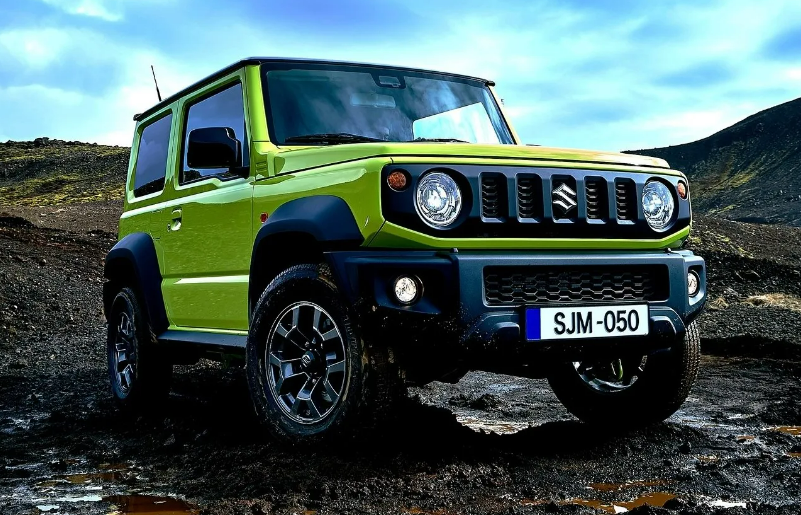
The entry level segment seems to have lost its allure for makers of cars, televisions, smartphones as the mass market’s centre of gravity shifts upward. Long known for value-conscious customers who made the Maruti 800 king of the Indian road, the latest available data show companies are launching a disproportionate number of autos and other products at the higher end, reflective of a K-shaped recovery following the pandemic, said market researchers and senior industry executives.That’s narrowing choices at the lower end, where demand has been languishing in the past few years, they said.
The number of car models available in the sub INR 10 lakh category more than halved to 27 in the June quarter from 57 in FY19, according to data available with manufacturers. Models priced over INR 10 lakh almost doubled to 50. Of the half a dozen or so passenger vehicles unveiled this fiscal year, only the Maruti Suzuki Fronx and the Hyundai Exter have variants priced below INR 10 lakh. The Maruti Suzuki Jimny and the new Kia Seltos as well as the forthcoming Citroen C3 Aircross and the Honda Elevate are all tagged upward of INR 10 lakh.
In consumer durables, of the 170 televisions launched in the current calendar year, 100 were in the premium 50-inch-plus display size. According to electronics industry market researcher GfK India, the share of such premium televisions in total sales has grown almost four times since 2019 in the first six months of this year. GfK India data show the number of laptops priced above INR 50,000 stood at 69% of the total models launched in the January-June period compared with 47% in the same period of 2019.
In smartphones, as per market tracker Counterpoint Research, the share of models priced above INR 15,000 in 2019 was 25%, which increased to 48% in the first half of this calendar year. “Income of consumers buying entry-level products have been impacted since the pandemic,” Counterpoint senior analyst Prachir Singh said. “This along with lower availability of models at affordable prices due to successive price hikes boosted sales of premium products. Also, those consumers who are buying are preferring to buy an expensive one than their budget, expecting it to last longer.”
While automobile makers largely maintain launch and sales data on a fiscal-year basis, consumer tech and durable majors do so calendar year-wise.
Growing consumer preference for feature-rich vehicles, along with easier availability of financing solutions have been driving the sales of more expensive vehicles, said Shashank Srivastava, senior executive officer, marketing and sales, at the country’s largest carmaker Maruti Suzuki.
“Vehicle prices have increased sharply the past few years due to a rise in input costs, regulatory changes impacting demand at the entry level where consumers are more price sensitive,” he said. “On the other hand, at the more premium end of the market, the propensity to spend has gone up post the pandemic. Buyers are opting for feature-laden vehicles, larger body-types (SUVs/MPVs), which has led to an increase in average selling price of vehicles.”
The consumer technology and durables market continues to witness a surge in premiumisation trends, said Anant Jain, head of market intelligence, India, GfK. “In the wake of evolving post-pandemic preferences for convenience and with the increase in disposable income, consumers are actively seeking products that offer superior performance and advanced features,” he said.















